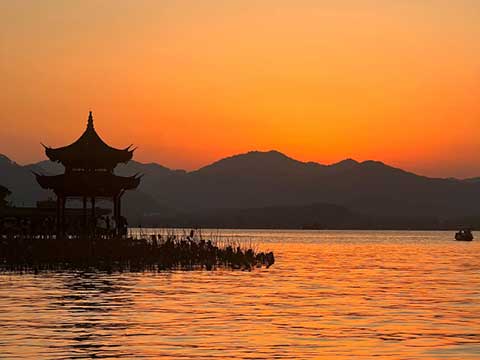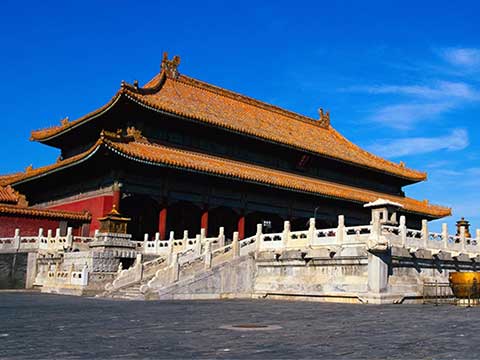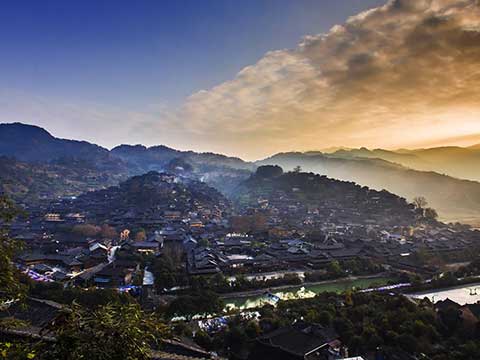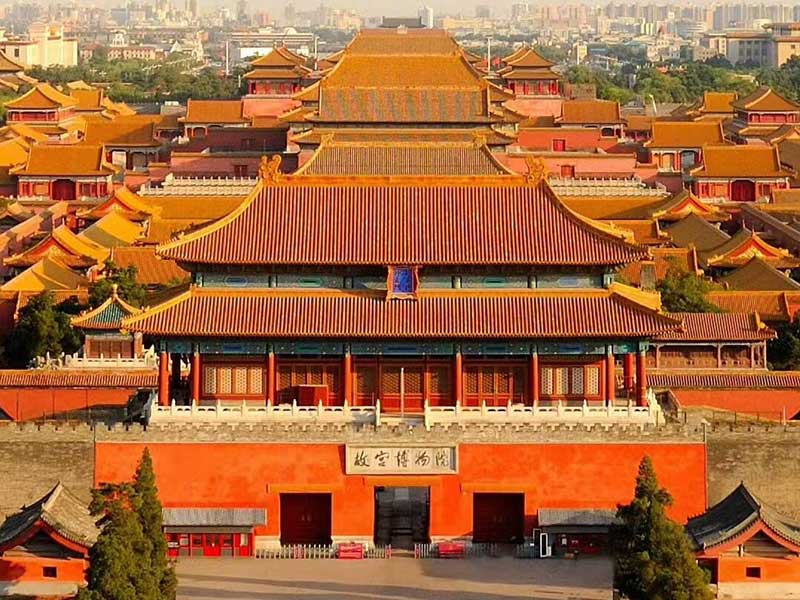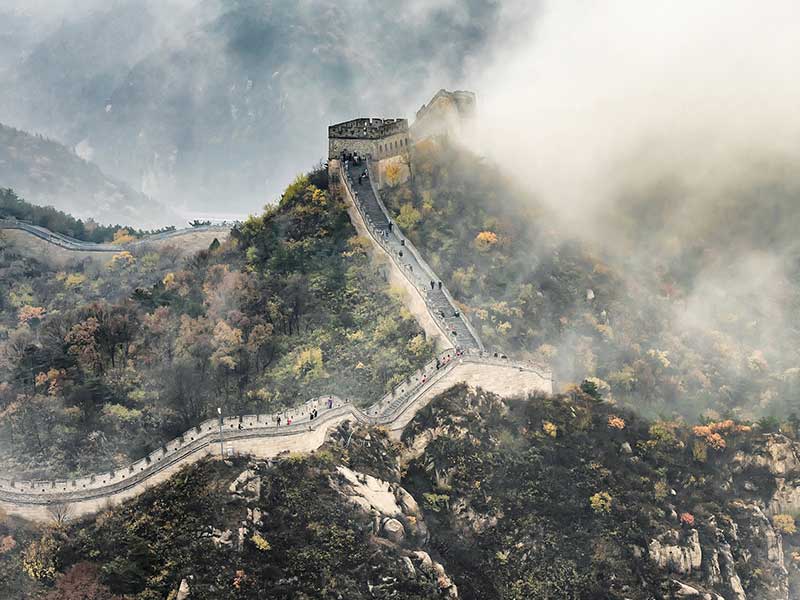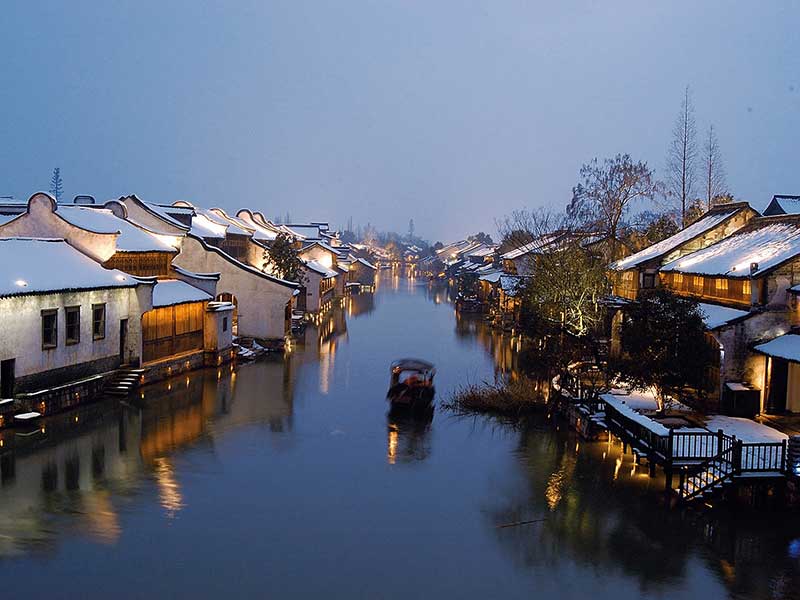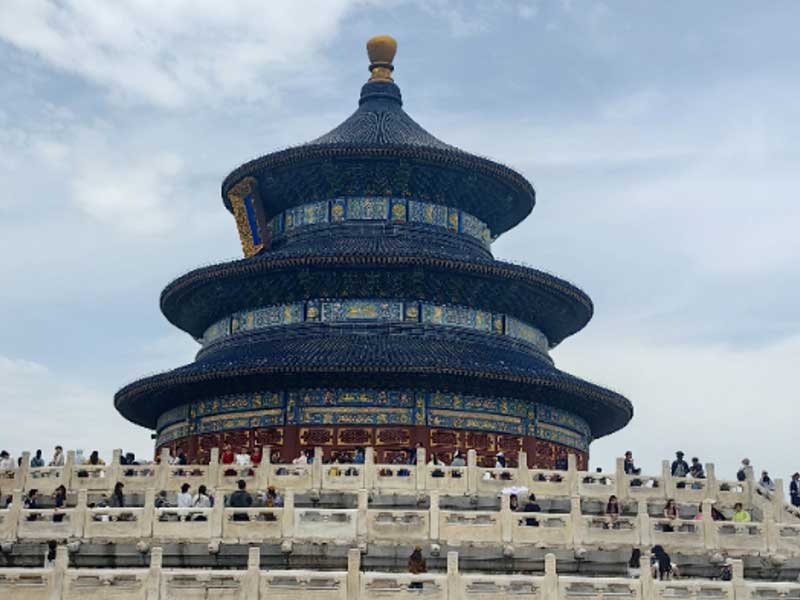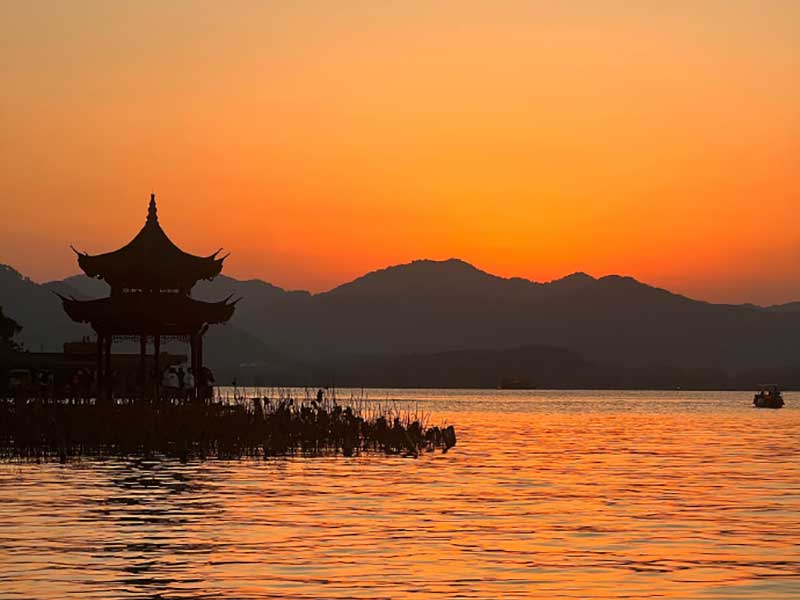West Lake is located at No. 1 Longjing Road in the West Lake District of Hangzhou, Zhejiang Province,China. It is a famous tourist destination that combines natural scenery with rich historical culture. The total area of West Lake is about 60 square kilometers, with a lake surface area of approximately 6.38 square kilometers. The lake has a nearly oval shape, with an average depth of 2.27 meters, and the deepest part reaches about 5 meters, while the shallowest part is less than 1 meter. The lake is divided into several water areas by the White Causeway, Su Causeway, Yang Gong Causeway, and Zhao Gong Causeway. This creates a basic layout of "one mountain, two towers, three islands, three causeways, and five lakes."
West Lake is not only beautiful in scenery but also rich in history and culture, making it one of the most representative tourist attractions in Hangzhou and throughout China.
West Lake is home to numerous scenic spots, with the "Ten Scenic Spots of West Lake" being the most famous. These include Su Causeway Spring, Breeze-ruffled Lotus at Quyuan Garden, Pinghu Autumn Moon, Duanqiao Snow, Leifeng Sunset, Hua Gang Observing Fish, San Tan Moon, Liulang Listening to the Wind, Nanping Evening Bell, and Xixing Ink Society. Each of these spots has its own unique natural beauty and cultural significance. For example, Su Causeway Spring is one of the most famous spots on West Lake, where peach blossoms bloom along the causeway in spring, creating a picturesque scene. Duanqiao Snow is another iconic spot, where the remnants of snow on the bridge after a winter snowfall reflect beautifully against the frozen lake surface, making it a symbol of West Lake's charm.
In addition to the "Ten Scenic Spots of West Lake," there are also the "New Ten Scenic Spots of West Lake" and the "Three Evaluations of West Lake Ten Scenic Spots," such as "Pinghu Autumn Moon" and "Hua Gang Observing Fish," which are popular among tourists. The surrounding area of West Lake is also home to many historical and cultural relics, such as Lingyin Temple, Yue Wang Temple, Liuhe Tower, and Bao Shi Tower. These ancient sites complement the natural beauty of West Lake, offering visitors a deep sense of historical and cultural atmosphere.
West Lake has a subtropical monsoon climate, with distinct seasons, abundant rainfall, and an average annual rainfall of 1,435 millimeters. The average temperature is 16.2°C, with summer averaging 28.6°C and winter averaging 3.8°C. Each season has its own charm: spring brings blooming flowers along the lake, summer offers cool waters, autumn brings a view of the lake and mountains, and winter is marked by the romantic scene of Duanqiao Snow. This unique climate makes West Lake beautiful all year round, a place that visitors can enjoy regardless of the season.
The topography of West Lake is also distinctive. The lake is surrounded by mountains on the south, west, and north, with the western and central parts being higher. The mountain ridges form a "T"-shaped pattern, part of the remaining mountains of Tianmu. These are mostly hills with an altitude of less than 300 meters. The White Causeway and Su Causeway divide the lake into several water areas, while small islands such as Xiaoyingzhou, Lake Center Pavilion, and Ranguandun are located in the lake. These islands are viewed from across the lake with Leifeng Tower and Bao Shi Tower, creating a beautiful landscape of mountains and water.
The history of West Lake can be traced back more than 2,000 years. It originally formed as a sandbar between Wushan and Boshan, gradually developing into an inner lake. During the Tang and Song dynasties, figures like Bai Juyi and Su Shi played a significant role in the management and development of West Lake, turning it into an important water system and scenic spot in the Jiangnan region. Today, West Lake is not only a natural landscape but also a cultural symbol, a landmark of Hangzhou and China.

